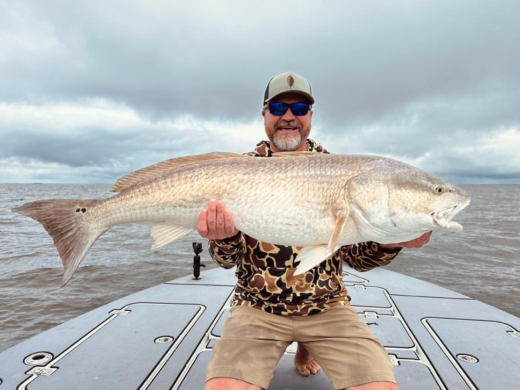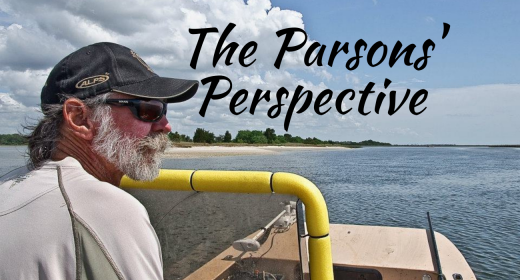North Carolina’s Recreational Anglers Face Another Challenge……Oyster Farms…..Part 2 of 3
This is part 2 of a 3 part series of posts on the declining status of North Carolina’s Coastal Fishing Resource. As you know, Saltwater Angler online magazine covers many aspects of saltwater fishing in numerous coastal states. We try to avoid focusing on any single state and minimize our opinions on current events or concerns. However, we feel that we would not be serving our valued readerships if we ignored issues that have a negative impact on recreational fishing. For that reason, we have opted to pursue the continuing events impacting North Carolina Fishing resources and the people that fish them. We will voice our opinion at times, but will always strive to be correct in our information and how it’s presented to you. We feel anything less would be a disservice to the people of North Carolina and its fishing enthusiasts. Today we consider ourselves the voice and information source of those that fish these wonderful waters of North Carolina.
Part 2 In a 2 Part Series
Recreational anglers of North Carolina have again been dealt another blow by the North Carolina Division of Marine Fisheries. This is the second of 3 changes in the state’s management of our saltwater fishing resources that has a direct hit on recreational fishermen. Recently the NCDMV approved a program that allows the leasing of oyster farms in Pender County, NC. This area is a popular fishing location just north of Wilmington, NC, more well known as Topsail Island Surf City.
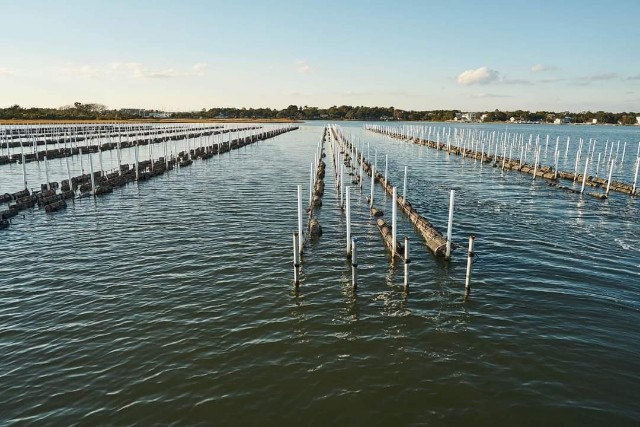
In the past, oyster farms have had little impact on the locals in the Topsail Island area as well as other North Carolina locations. However, a few months ago it was announced that North Carolina would make leases available to commercial oyster farms in the area. It was then discovered that the leased farm areas would not only impact a significant part of Topsail Island waters, it would also restrict fishing in a number of the area creeks and estuaries that were important to the local recreation fish for species like redfish, speckled trout, and flounder. As a result, this action will also serve as a significant impact not only on local recreation fishing but also on the area’s tourism industry, such as charter fishing and supporting businesses.
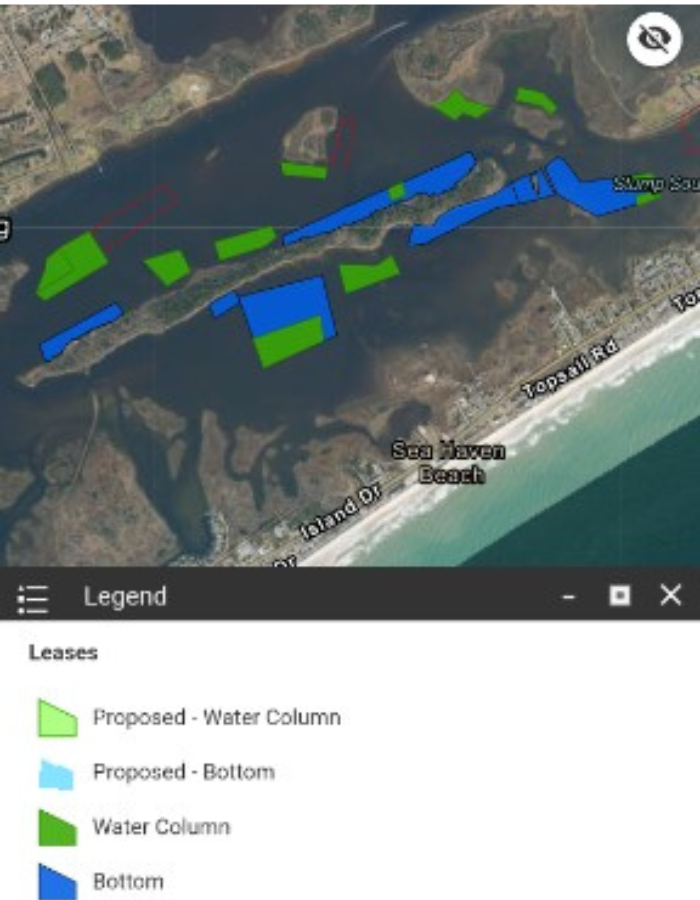
The concerns with local anglers lie with the restriction of significant fishing in the areas that will be oyster farms. These farms would block fishermen from entering numerous creeks and other areas. NCDMF feels the need to protect the oyster farms from damages done by fishing and boat traffic. Many recreational fishermen have commented that they are not against the actual oyster farms, but the latest changes will restrict anglers from prime fishing spots and limit their fishing location options. This comes at a time when the state’s 2023 spring flounder season was canceled for the recreational fishermen but leaving the commercial season open. 2022 fall flounder season was limited to only 30 days and now the NC Division of Marine Fisheries is holding public hearings on potential changes to the state’s speckled trout fishing regulations. These latest actions are limited to Pender County, NC, for now, however the state is considering offering the same leasing program to commercial oyster farm operations in Hyde County, located on the North Carolina Outer Banks. Public comment meetings are currently underway.
While most recreational anglers welcome the state’s oyster industry, many feel that allowing an expansion in oyster farms is at a time when the state’s recreational fishing resource is at a historic low. Many are concerned that the biggest issue lies with the NCDMF’s lack of ability to stop or even reverse the growing decline of the targeted recreational species and that the state has continued to ignore the real problems, only to place the bulk slowing or even recovery of the resource primary on the North Carolina recreational fishermen. Currently, North Carolina only employs less than 50 enforcement personnel to enforce the current regulations. Considering the geographic scope of the state’s resources, this level of enforcement is simply a drop in the bucket. The problem is compounded by the many fishermen applying for and receiving “commercial” fishing licenses each year but are not catching the fish for resale. This allows them to use commercial gear, taking advantage of higher catch limits and keep the catch for personal use. They can fish for the state’s summer flounder while the angler with a recreational license cannot. Yet another example of the state’s lack of enforcement.
Today the North Carolina Division of Marine Fisheries continues to fail our state’s fishing public, both recreational and commercial. Where and when will it end?

You may be interested
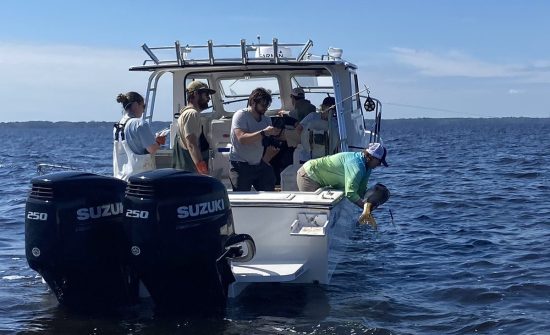
Satellite Tracking Study Aims To Unlock More Red Drum Secrets
Tim Wilson - April 8, 2025A pilot study tracking a popular saltwater fish was not expected to yield as much information as it did in its first year. When the North Carolina…

9 Things Fishing Guides Won’t Tell You
Tim Wilson - April 8, 2025We’re all amazed at how fishing guides nearly always know what to do and where to go to put fish in the boat. Most guides are fishing…
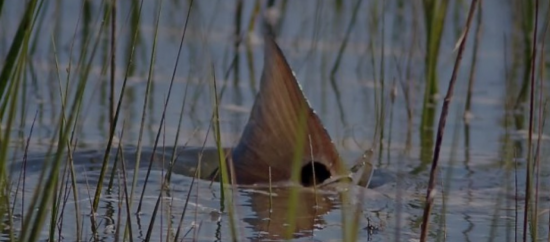
How the Moon Phase Impacts Inshore Fishing
Tim Wilson - April 3, 2025The late spring and early summer months are a time of the year when the inshore goes thru a transition period. It's when the fish come out…
Most from this category
